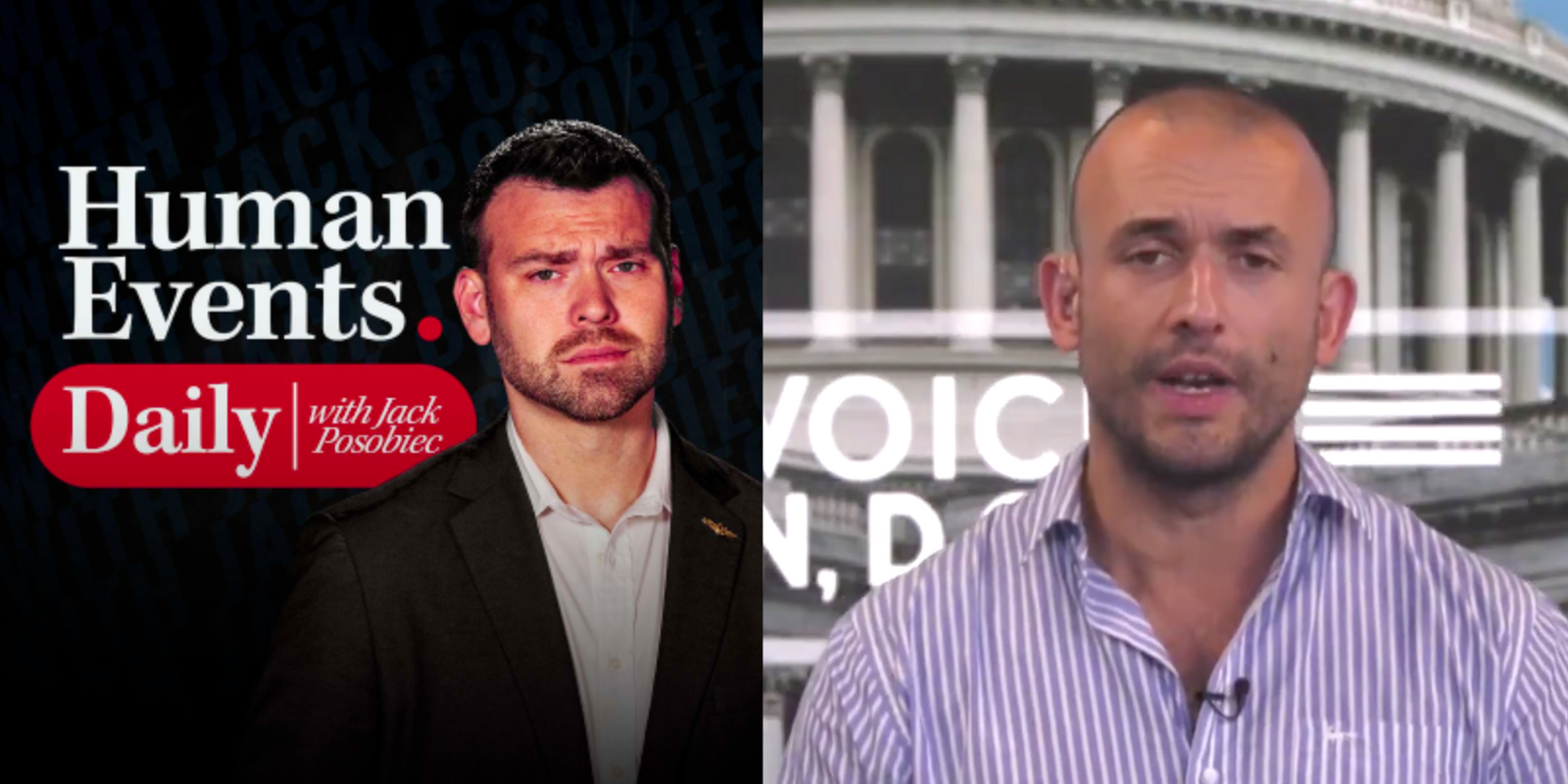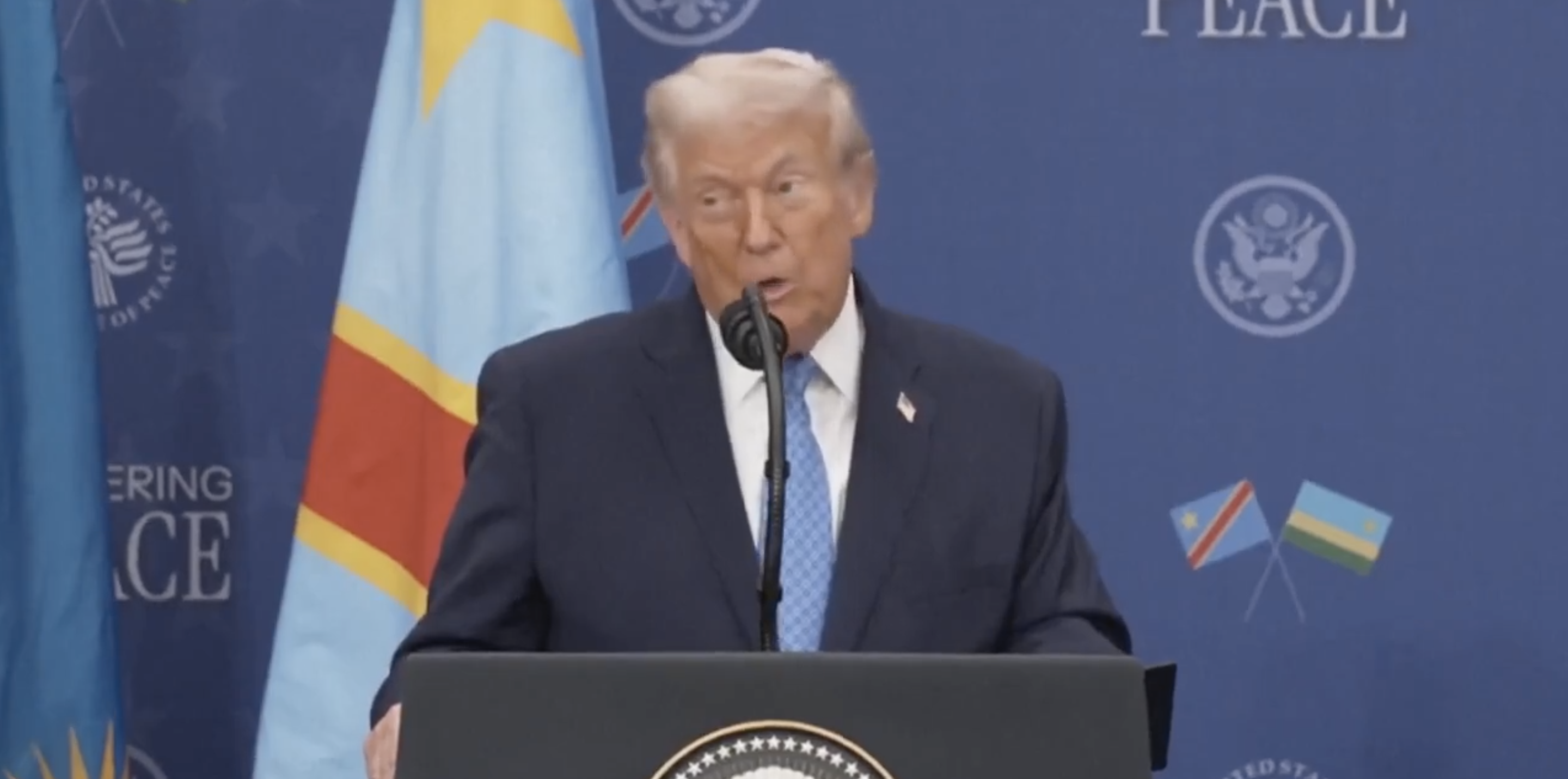Bill Clinton won the presidency in 1992 by running as a different kind of Democrat from previous nominees. Hillary Clinton, Anne Gearan of The Washington Post reports, is hoping to win the presidency in 2016 by running as the same kind of Democrat as the current incumbent.
There’s a certain logic in that. President Obama did win twice, while the five pre-Clinton Democratic nominees lost five of the six previous elections. But maybe it’s too logical. There’s also magic to presidential elections, something no arithmetic formula can capture. It’s not clear that a 69-year-old Hillary Clinton in 2016 can inspire the enthusiasm that the 47-year-old Obama did in 2008.
Camp Clinton’s assumption is that their candidate can count on and expand Obama’s “coalition of the ascendant” (The Atlantic’s Ronald Brownstein’s term). In particular, “non-whites” are an inevitably increasing share of the electorate, and Clinton strategists expect that share to grow from 28 percent in 2012 to 31 percent next year.
But “non-whites” are not a cohesive or uniform bloc. Blacks, Hispanics and Asians act, think and vote differently. Let’s look at some numbers. Blacks made up 13 percent of voters in 2008 and 2012 — slightly more than their share of the population — and voted 95 and 93 percent for Obama.
Their Obama margins within the total electorate were 12 and 11 percent, compared to 8 percent for John Kerry in 2004. It’s unlikely that Hillary Clinton will generate the same black turnout or percentage as the first black president. She won’t match Obama’s black margin.
As for Hispanics, the Clinton folks are apparently expecting Hispanic turnout to rise from 9 and 10 percent of the electorate in 2008 and 2012 to 13 or 14 percent in 2016. Maybe, maybe not. Clinton did carry the Hispanic vote by solid margins in the 2008 primaries, and she has been out-pandering Obama on illegal immigrant amnesty lately. But will Hispanics be enthusiastic about her? And can she improve on Obama’s 2012 Hispanic percentage (71 percent) against a Republican who doesn’t talk of “self-deportation”? Not clear.
Asians were just 3 percent of voters in 2012, and they are scarce in all target states but Virginia. The questionable 2014 exit poll result showed them evenly split between the parties. They’re not going to propel Clinton into the White House.
Brownstein’s ascendant groups also include young voters: the millennials. Clinton has been promising them (without saying how it would be paid for) cheap college, a higher minimum wage and paid family leave.
But millennials’ support for Democrats has been declining. In 2008, Obama’s margin among under-30s amounted to 6 percent of the total electorate — almost all of his national margin. In 2012, that number was down to 4 percent. In the 2014 House popular vote, the Democratic edge was down to 1.2 percent. Raise that to 2 percent, to account for higher millennial turnout in a presidential year, and you’re still seeing Democratic decline.
Will Clinton’s belated support of same-sex marriage, which the Supreme Court may well legalize nationally next month, reverse that trend 17 months later in November 2016? There’s an impression widespread among political reporters that Obama has produced a surge in turnout among voters. The numbers tell a different story.
Turnout surged sharply during George W. Bush’s presidency, but has sagged during Obama’s. In retrospect, the 69 million votes Obama won in 2008 represented a peak. Democratic turnout has been downhill ever since.
In 2012, Obama won 66 million votes — 3.6 million fewer than four years before. In contrast, George W. Bush in 2004 got 12 million more votes than he had in 2000. Even in the 10 target states, where the Obama campaign worked to maximize Democratic turnout, it was down 440,000 in 2012 from 2008.
You see the same pattern in the popular vote for the House of Representatives. Democrats got 42 million votes in 2006, 39 million in 2010 and 36 million in 2014. The Obama presidency has depressed rather than stimulated Democratic turnout.
It’s not hard to imagine that many Democratically inclined voters will vote for Clinton despite the deleted emails, the six-figure speech fees and the contributions from foreign governments. The argument that will sway them is that she’s better than Republicans on the issues.
It’s harder to imagine these voters generating the enthusiasm that drove up Democratic turnout in 2008 and reversing the trend that is apparent to anyone who looks at the numbers.





